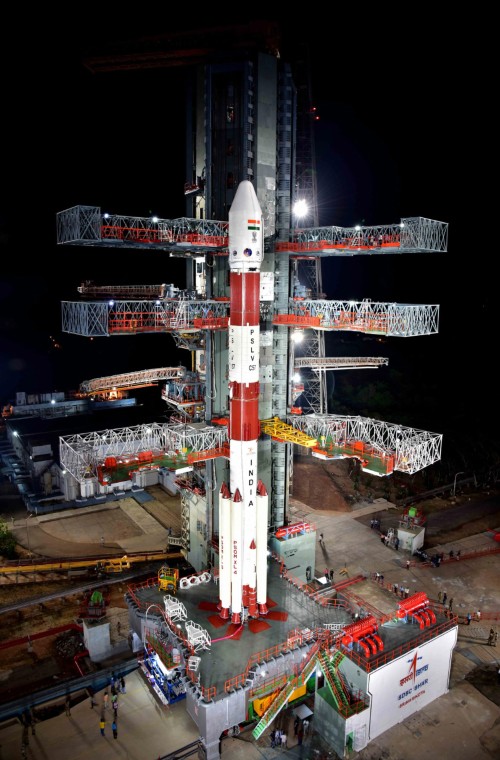
ISRO-built Aditya-L1 solar mission spacecraft ahead of its launch on Sept. 2, 2023. (A file photo)
BENGALURU (PTI): India's Aditya-L1 solar mission spacecraft has commenced collecting data that will help scientists analyse the behaviour of particles surrounding Earth, ISRO said on Monday.
The sensors of an instrument on board India's first solar observatory have begun measuring supra-thermal and energetic ions and electrons at distances greater than 50,000 km from Earth, it said.
"This data helps scientists analyse the behaviour of particles surrounding Earth," the Bengaluru-headquartered national space agency said in a post on social media platform X.
The Supra Thermal & Energetic Particle Spectrometer (STEPS) instrument is a part of the Aditya Solar Wind Particle EXperiment (ASPEX) payload.
"These STEPS measurements will persist during the cruise phase of the Aditya-L1 mission as it progresses toward the Sun-Earth L1 point. They will continue once the spacecraft is positioned in its intended orbit", ISRO said.
Data collected around L1 would provide insights into the origin, acceleration, and anisotropy of solar wind and space weather phenomena, it said.
STEPS was developed by the Physical Research Laboratory with support from the Space Application Centre in Ahmedabad.
ISRO had launched Aditya-L1 on September 2 using a PSLV-C57 rocket.
The Aditya-L1 spacecraft carries a total of seven different payloads to study the Sun, four of which will observe the light from the Sun and the remaining three will measure in situ parameters of the plasma and magnetic fields.
Aditya-L1 will be placed in a halo orbit around the Lagrangian Point 1 (L1), which is 1.5 million km from the Earth in the direction of the Sun. It will revolve around the Sun with the same relative position and hence can see the Sun continuously.
STEPS comprises six sensors, each observing in different directions and measuring supra-thermal and energetic ions ranging from 20 keV/nucleon to 5 MeV/nucleon, in addition to electrons exceeding 1 MeV.
These measurements are conducted using low and high-energy particle spectrometers.
The data collected during Earth's orbits helps scientists to analyse the behaviour of particles surrounding Earth, especially in the presence of the magnetic field of Earth.
STEPS was activated on September 10 at a distance greater than 50,000 km from Earth. This distance is equivalent to more than eight times the Earth's radius, placing it well beyond Earth's radiation belt region, ISRO added.
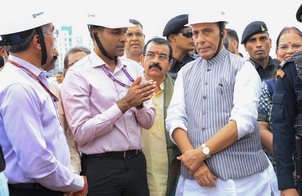 Previous Article
Previous Article Next Article
Next Article

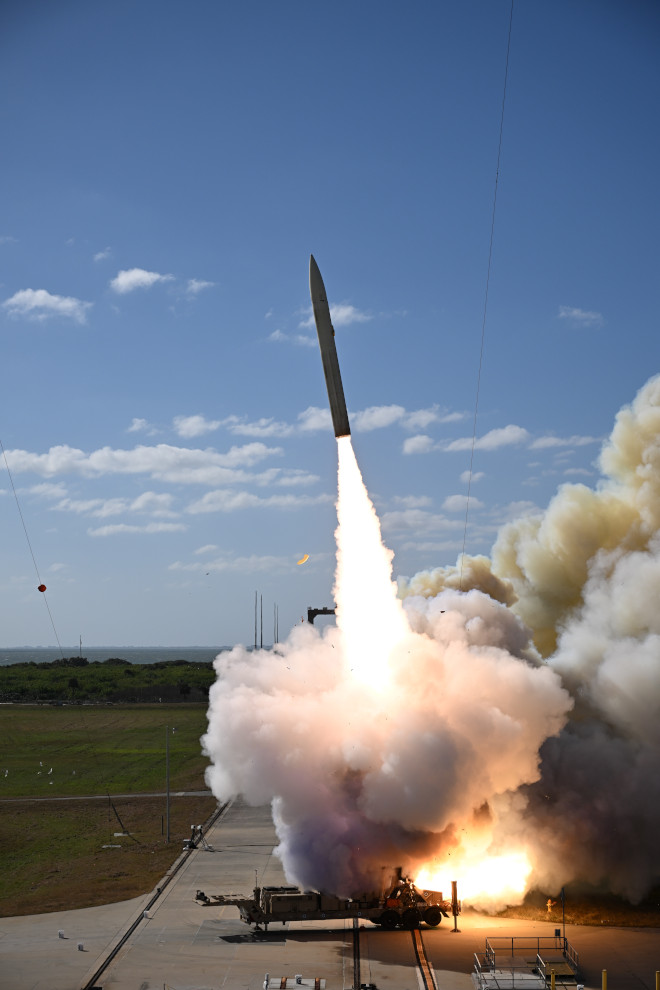



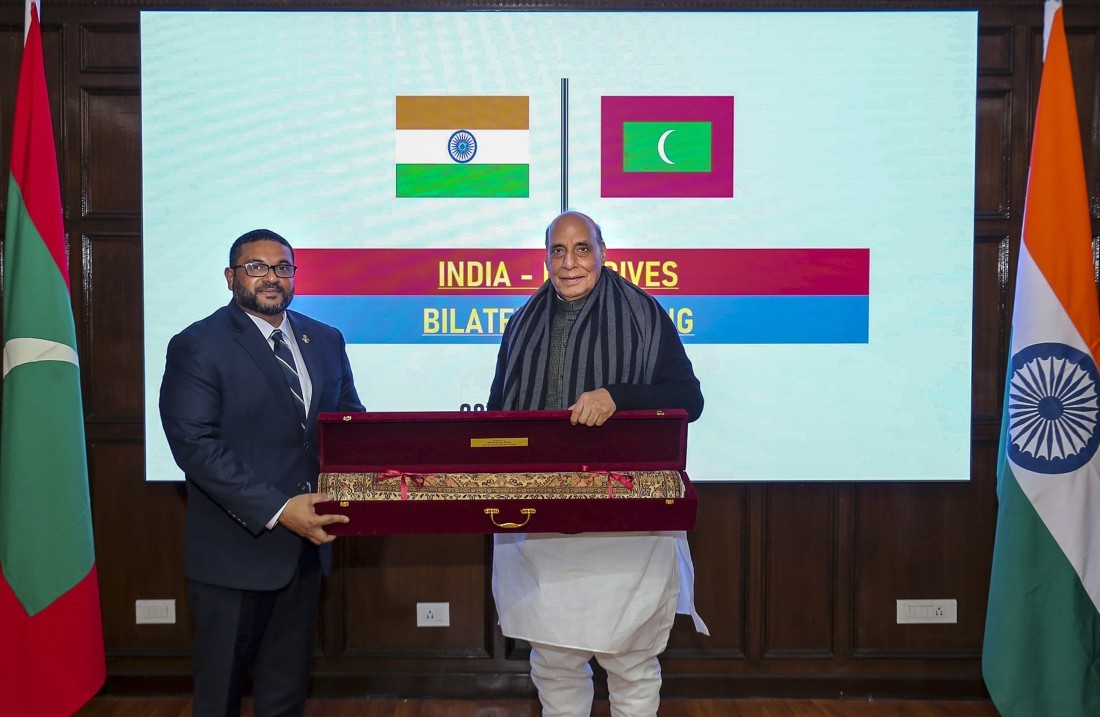
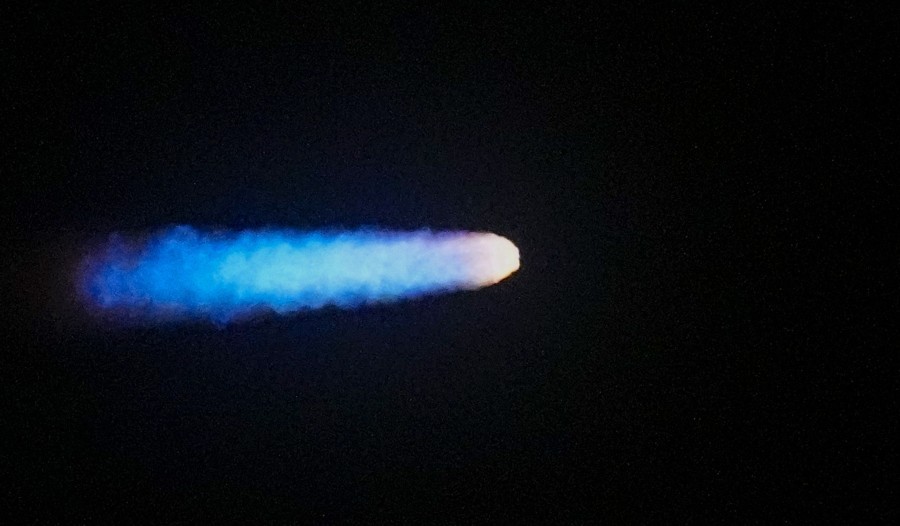

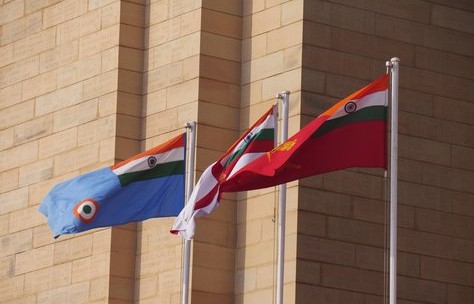





The Indian Air Force, in its flight trials evaluation report submitted before the Defence Ministry l..
view articleAn insight into the Medium Multi-Role Combat Aircraft competition...
view articleSky enthusiasts can now spot the International Space Station (ISS) commanded by Indian-American astr..
view article